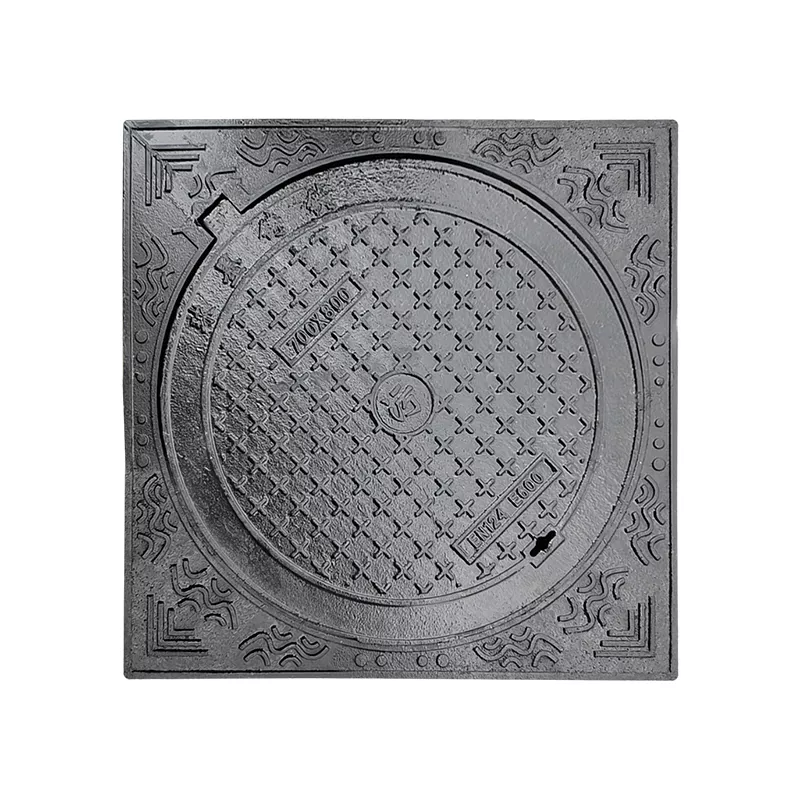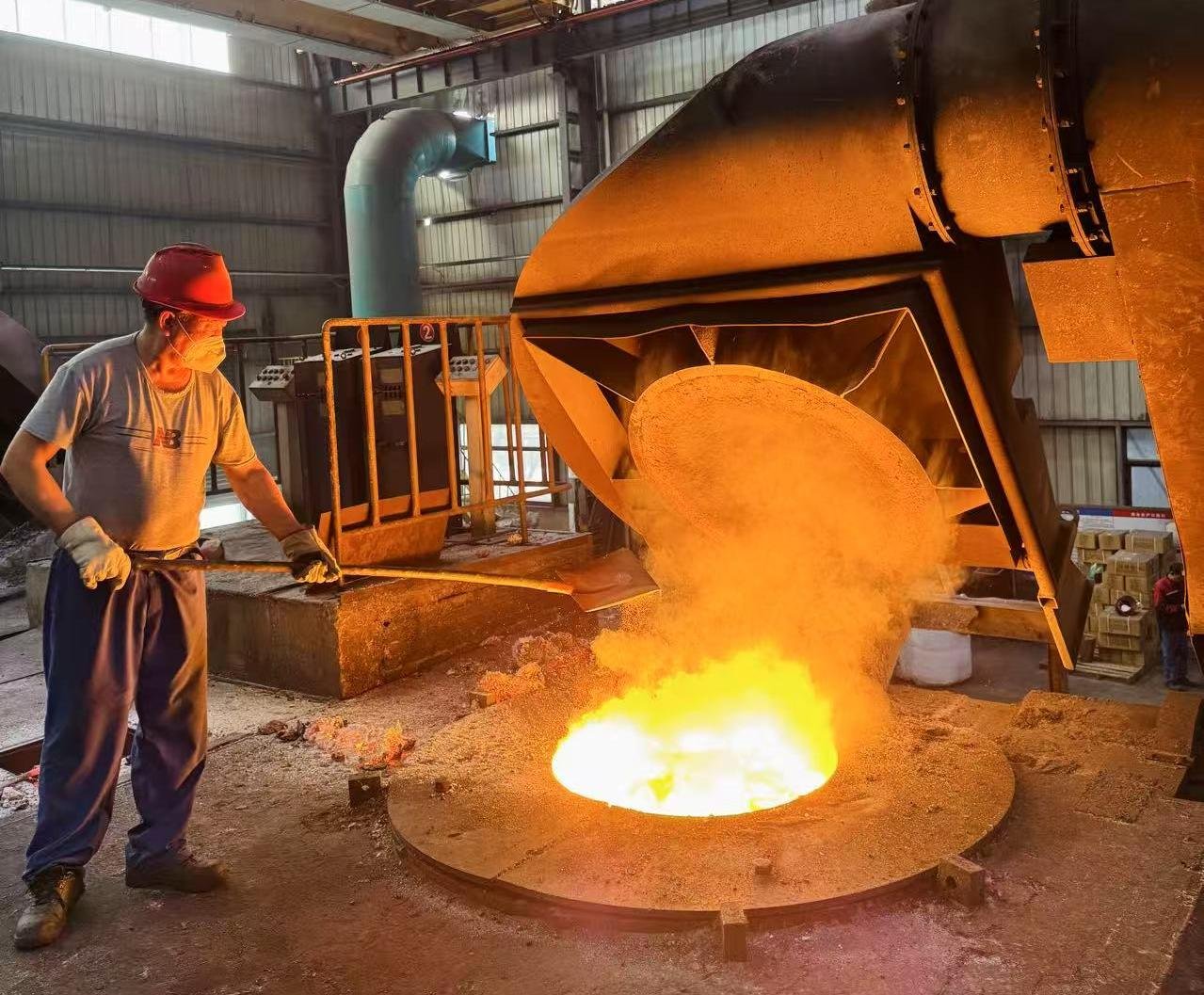With the rapid development of the Internet of Things (IoT), next-generation information technologies are playing an increasingly vital role in realizing the vision of smart cities. Leveraging advantages such as high security, robust connectivity, extensive coverage, low power consumption, and cost-effectiveness, NB-IoT technology is poised to unlock immense potential for smart manhole covers in urban infrastructure.
Compared to traditional covers, smart manhole covers not only enhance safety but also improve urban management efficiency. Below, we explore their key distinctions and benefits:
1. Enhanced Safety & Anti-Theft Alerts
- Anti-Theft Alarm System: Equipped with intelligent sensors, smart covers trigger immediate alerts to monitoring centers upon unauthorized movement or tampering, significantly reducing theft risks.
- Real-Time Monitoring: Built-in sensors track status changes (e.g., displacement, opening) to ensure covers remain securely positioned, preventing accidents such as pedestrian falls.
2. Improved Efficiency & Response Speed
- Rapid Incident Detection: The monitoring system swiftly identifies anomalies and notifies relevant departments via IoT, enabling faster resolution and reduced downtime.
- Data-Driven Decision-Making: Big data analytics provide actionable insights for predictive maintenance, resource optimization, and operational efficiency.
3. Streamlined Management & Maintenance
- Remote Monitoring: Authorities can remotely assess cover status without physical inspections, lowering maintenance costs and boosting productivity.
- Predictive Maintenance: Historical data analysis enables proactive identification of potential issues, minimizing unexpected failures.
4. Enhanced Disaster Resilience
- Water Level Monitoring: During floods, smart covers provide real-time water level data and early warnings, empowering city managers to implement timely disaster responses.
Conclusion
Smart manhole covers represent a transformative upgrade to urban infrastructure, integrating IoT innovation to deliver safety, efficiency, and resilience. By replacing reactive maintenance with proactive management, they pave the way for smarter, safer, and more sustainable cities.





